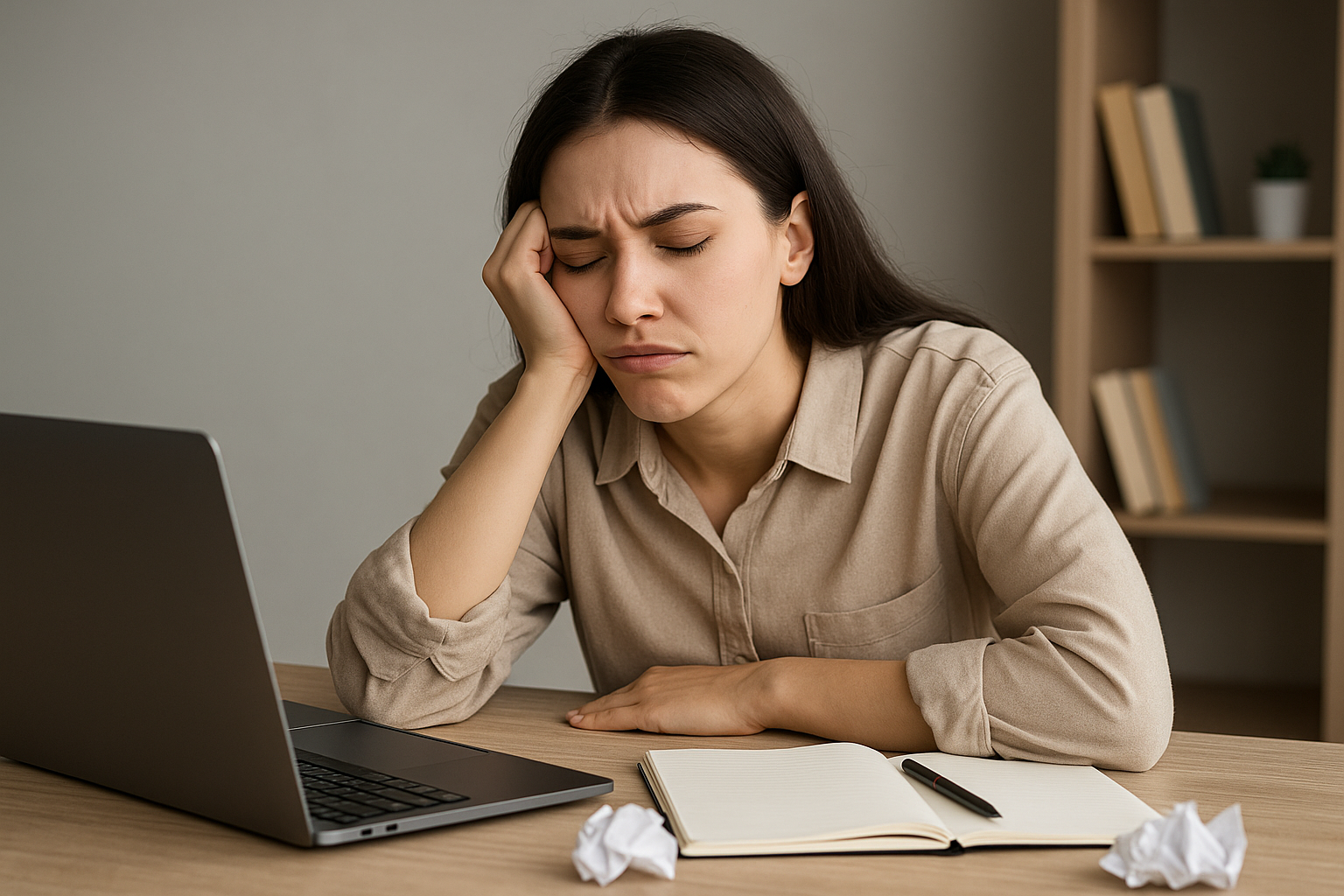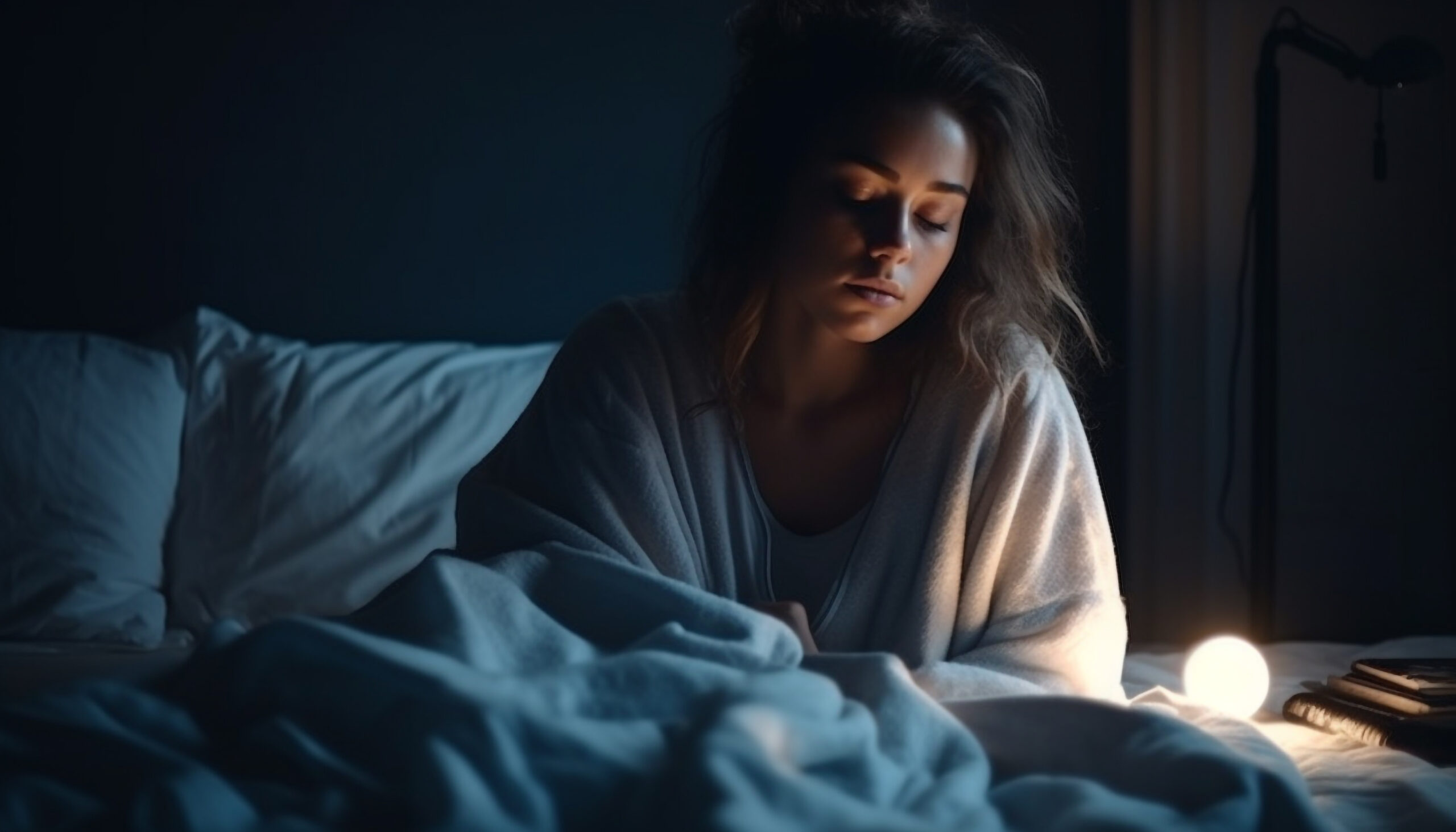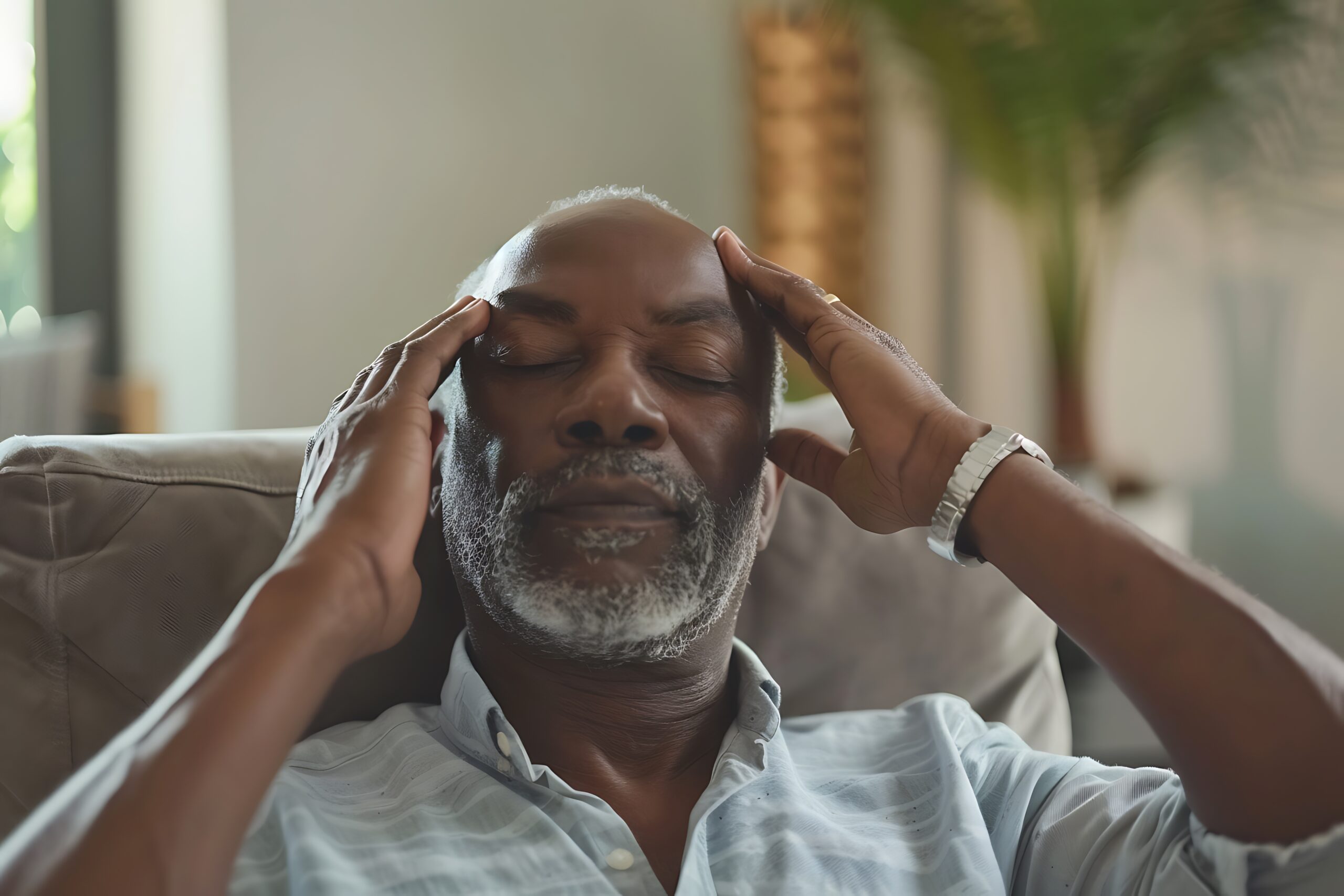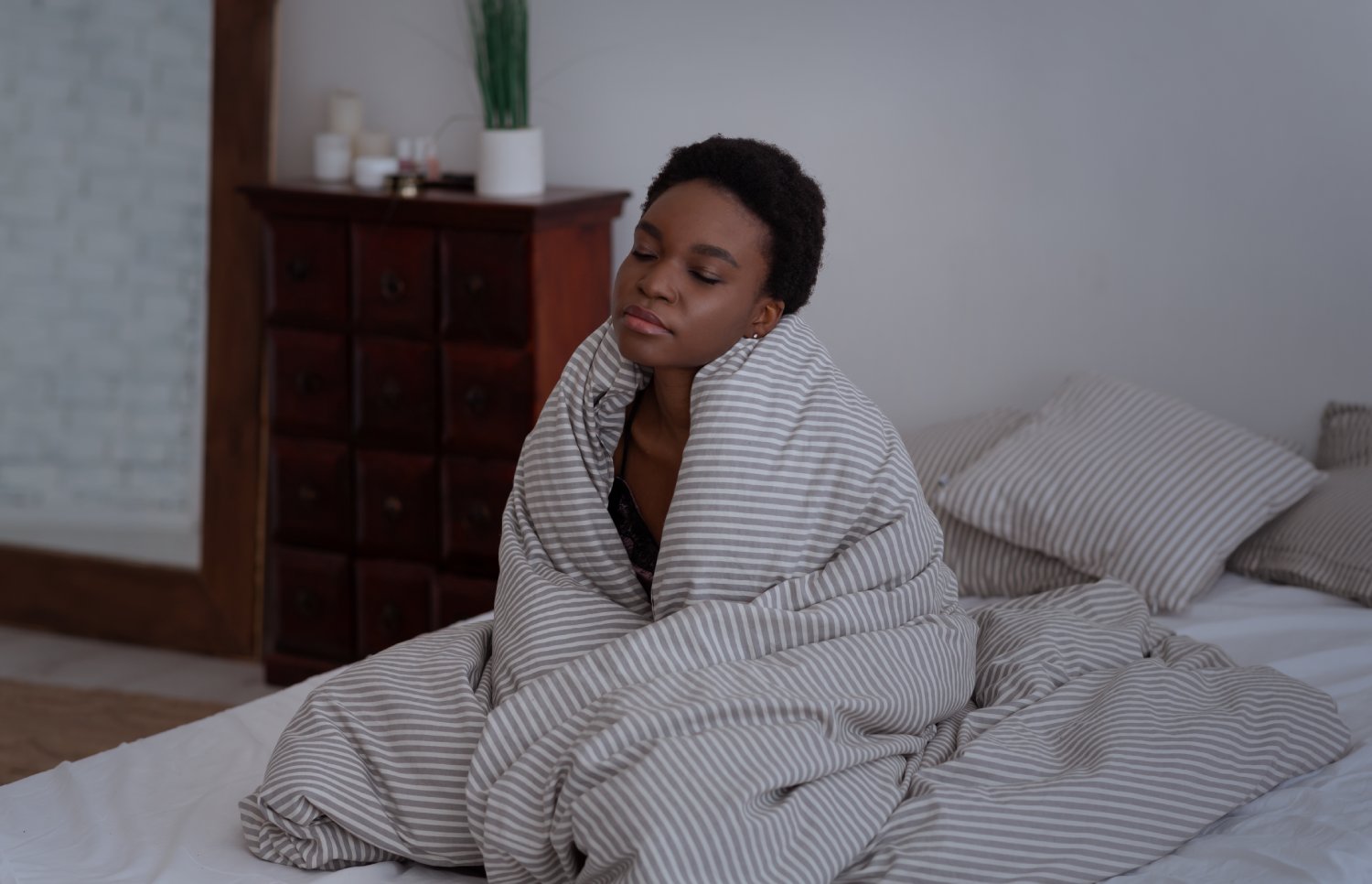What is Insomnia?
Insomnia refers to difficulty falling and/or staying asleep or poor sleep quality, even if there is adequate time and appropriate environment for sleep. The diagnosis also requires associated problems in daytime function related to reduced sleep.
It can be acute (short term, recent, lasting only a few days to weeks) or chronic (occurring at least 3 times a week for at least 3 months).
Chronic insomnia is associated with a number of potential psychological, social or physical issues. Some of these include but not limited to: increased risk of mood disorders (depression and anxiety), dementia, car accidents, drug and alcohol abuse, heart disease and stroke, altered function of the immune system (increased risk of infection, altered response to vaccines), diabetes, hypertension (Garabino et al 2021; Wong et al 2023;)
There is also atype of insomnia which is called paradoxical insomnia (previously called sleep wake misperception) where there is underestimation of total sleep time and overestimate of wakefulness by the individual. In other words, the person believes that they are sleeping for a shorter time than they actually are.
What causes chronic
insomnia?
Chronic insomnia has been studied, and a number of different mechanisms have been proposed to explain how it develops.
A brief review of the most common mechanisms will be discussed.
- Physical differences/physiological that exist between persons with a tendency towards insomnia and those that are good sleepers. Those that are more likely to develop insomnia, may have increased physical levels/arousal of body parameters such as heart rate changes, metabolism, hormonal levels etc and the increase in these factors lead to increased difficulty with sleeping (Perlis et. al 2005)
- Cognitive changes or theories for insomnia have also been proposed. The most well-known model is the 3 P model.
The three P’s refer to predisposing, precipitating and perpetuating.
Predisposing factors are those that increase the individual’s risk to develop insomnia, the person does not necessarily have insomnia, but the presence of these factors means that they are at higher risk of developing the condition. It can include factors such as: family history, a tendency to worry or ruminate, hyperarousal, social stressors.
Figure 2: Predisposing factors for insomnia- 3 P model
Precipitating factors are those that tip the scale over meaning, the individual goes from increased risk of developing insomnia, to actually developing acute insomnia. Precipitating factors can include:
- an acutely stressful personal event
- shift work
- medications (eg some blood pressure medications, diuretics, steroids, some medications for mood).
- environmental factors (unsafe or uncomfortable – too hot or cold)
- medical diseases
- Pain
Webpage: Chronic insomnia/insomnia disorder-Pathogenesis, risk factors and development https://www.sleepprimarycareresources.org.au/insomnia/risk-factors-and-development
Figure 3:
Precipitating models for insomnia- 3 P model
Perpetuating factors are those that
result in acute insomnia persisting and becoming chronic insomnia. These include some of the following mentioned below:
- Increased tendency to worry and ruminate- now the concerns shift towards sleep – timing of sleep, amount and quality- these worries about sleep causes it to worsen
- Beliefs regarding sleep- thoughts about how much is needed, the impact on function, the attribution of sleep or lack thereof to varied circumstances eg saying lack of sleep is responsible for any difficulties that may occur or decline in mood etc
- Sleep extension- going to bed too early or getting up later or taking naps in an effort to regain lost sleep- this extensive time in bed- usually not sleeping-worsens insomnia
- Use of sleep aids or techniques to try and improve sleep
- Self protective factors that reduce activity – not attending social events or participating in activities because of lack of sleep, thereby reducing sleep drive and also possibly increasing stress level because of declining social interaction
- Non sleep activities in the bedroom- eg use of electronic devices, reading, watching tv etc ( Perlis et al 2005;
How is it diagnosed?
Chronic insomnia, unlike some other sleep disorders, does not require objective tests for diagnosis. It is diagnosed based on patient history. The use of sleep questionnaires, sleep diaries and questionnaires assessing mood, effect on function and level of daytime sleepiness, are also used to get a comprehensive picture.
The use of any medications or other medical or psychological conditions that may be affecting sleep, would also need to be assessed.
Treatment of insomnia
Treatment of insomnia can be pharmacological (medications) or non-pharmacological.
Nonpharmacological treatments:
Both European and AASM (American association of Sleep Medicine) guidelines indicate that Cognitive Behavioral therapy for insomnia (CBT-i) is first line treatment of insomnia (Riemann et al 2023; Schutte-Rodin et al 2008).
CBT-I causes a reduction in insomnia symptoms that is equal to that which occurs with the use of medications. Additionally, with CBT-I there is likelihood that sleep will continue to improve beyond the course of treatment, there are fewer side effects and less chance that a relapse will occur. (Rossman 2019).
CBT-I is composed of a number of different components including: stimulus control, sleep restriction therapy, sleep hygiene/education regarding sleep, relaxation therapy, cognitive restructuring (looking at the thoughts that may be aiding insomnia) (Riemann et al 2023).
Image from: Uyumaz, Begum & Feijs, Loe & Hu, Jun. (2021). A Review of Digital Cognitive Behavioral Therapy for Insomnia (CBT-I Apps): Are They Designed for Engagement?. International Journal of Environmental Research and Public Health. 18. 2929. 10.3390/ijerph18062929.
Pharmacological Treatments
There are different types of medications that can be used for sleep but these are typically advised only if CBT-I is not effective and they should be used for a limited period of time.
Categories of medication include:
- Benzodiazepines (eg lorazepam, alprazolam, etc),
- Benzodiazepine receptor agonists ( eg zolpidem, ezopiclone) ,
- Low dose sedating anti depressants (trazodone, doxepin) and daridorexant- the above three categories can be used for up to a month.
- Another category of sleep aids (orexin receptor antagonists)- can used for up to 3 months.
- In patients over age 55, slow release melatonin can be used for 3 months as well.
In some instances, these medications can be recommended for longer periods of time. (Riemann et al 2023)





